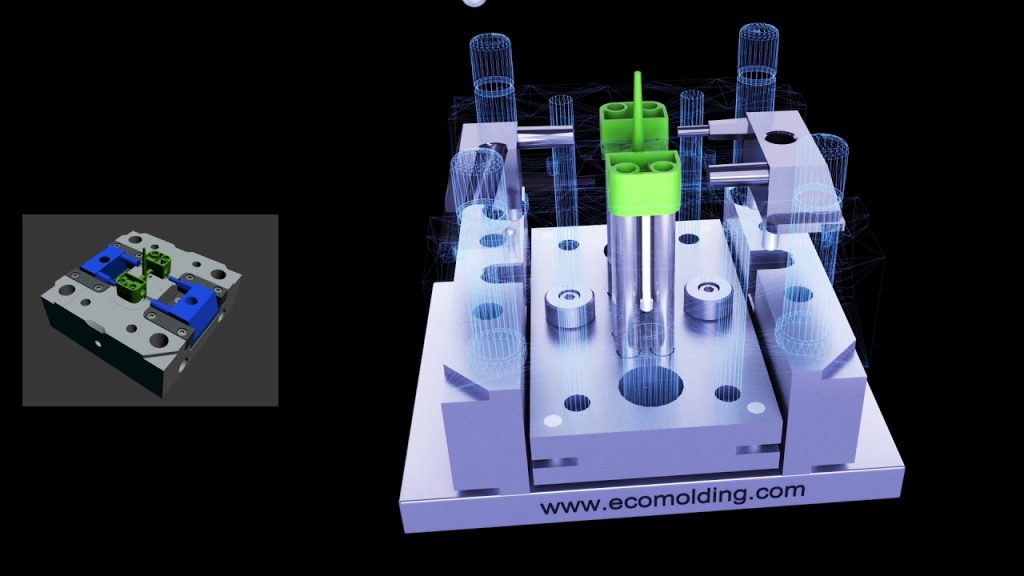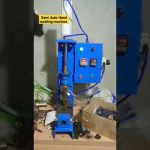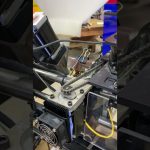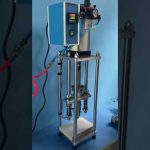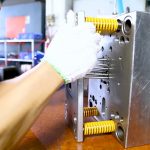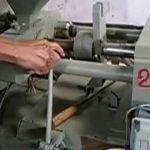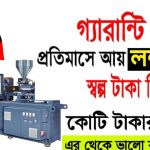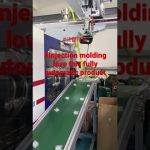Plastic Injection Molding Machine: Understanding Mold Release Direction and Usage
In the world of plastic injection molding, achieving the desired results requires careful consideration of various factors. One crucial aspect is the mold release direction, which plays a significant role in determining the quality and efficiency of the molding process. In this article, we will explore the importance of mold release direction and how it relates to the functionality of a plastic injection molding machine.
When it comes to manufacturing products using plastic injection molding, molds are the backbone of the process. These molds are designed to create intricate shapes and forms by injecting molten plastic into them. However, once the plastic solidifies, releasing it from the mold can be a challenging task. This is where the mold release direction comes into play.
The mold release direction refers to the direction in which the mold opens or separates to release the molded part. It is crucial to determine the appropriate mold release direction based on the design of the product and the requirements of the manufacturing process. This decision affects the mold’s structure, the ejection system, and the overall efficiency of the plastic injection molding machine.
There are generally two types of mold release directions commonly used in plastic injection molding: the straight-pull mold and the side-action mold.
1. Straight-Pull Mold:
The straight-pull mold is the simplest and most common type of mold release direction. In this design, the mold opens vertically or horizontally, allowing the molded part to be released in a straightforward manner. Straight-pull molds are ideal for products with simple shapes and no undercuts or complex features.
2. Side-Action Mold:
For products with intricate designs and undercuts, a side-action mold is necessary. This mold release direction involves additional moving parts called sliders or slides. Sliders are inserted into the mold at an angle and move perpendicular to the mold’s main opening direction. They create the necessary space for the product to be released without damaging the mold or the part. Side-action molds allow for the production of complex parts with multiple levels, threads, or other intricate features.
The mold release direction directly impacts the design and structure of the plastic injection molding machine. The machine must be configured to accommodate the specific mold release direction required for a particular product. This includes the positioning and movement of the mold’s components, such as the ejector pins, the core, and the cavity.
By understanding the mold release direction and its significance, manufacturers can ensure the smooth operation of their plastic injection molding machines. It allows for efficient production, reduces the risk of mold damage, and maintains the quality and consistency of the molded products.
In conclusion, the mold release direction is a critical factor in the plastic injection molding process. Whether it’s a straight-pull mold or a side-action mold, choosing the right direction ensures the successful release of molded parts. By considering the design requirements and complexities of the product, manufacturers can optimize their plastic injection molding machines for maximum productivity and quality.
Check the coil packing solution with a leading manufacturer for professional solutions just here: [link to manufacturer’s website]. Plastic Injection Machine
“Mastering the Sliders in Plastic Injection Mold: Unveiling the Secrets of the Process”

